OSU to sell 7 Wayne County properties to fund 'necessary' Wooster campus improvements
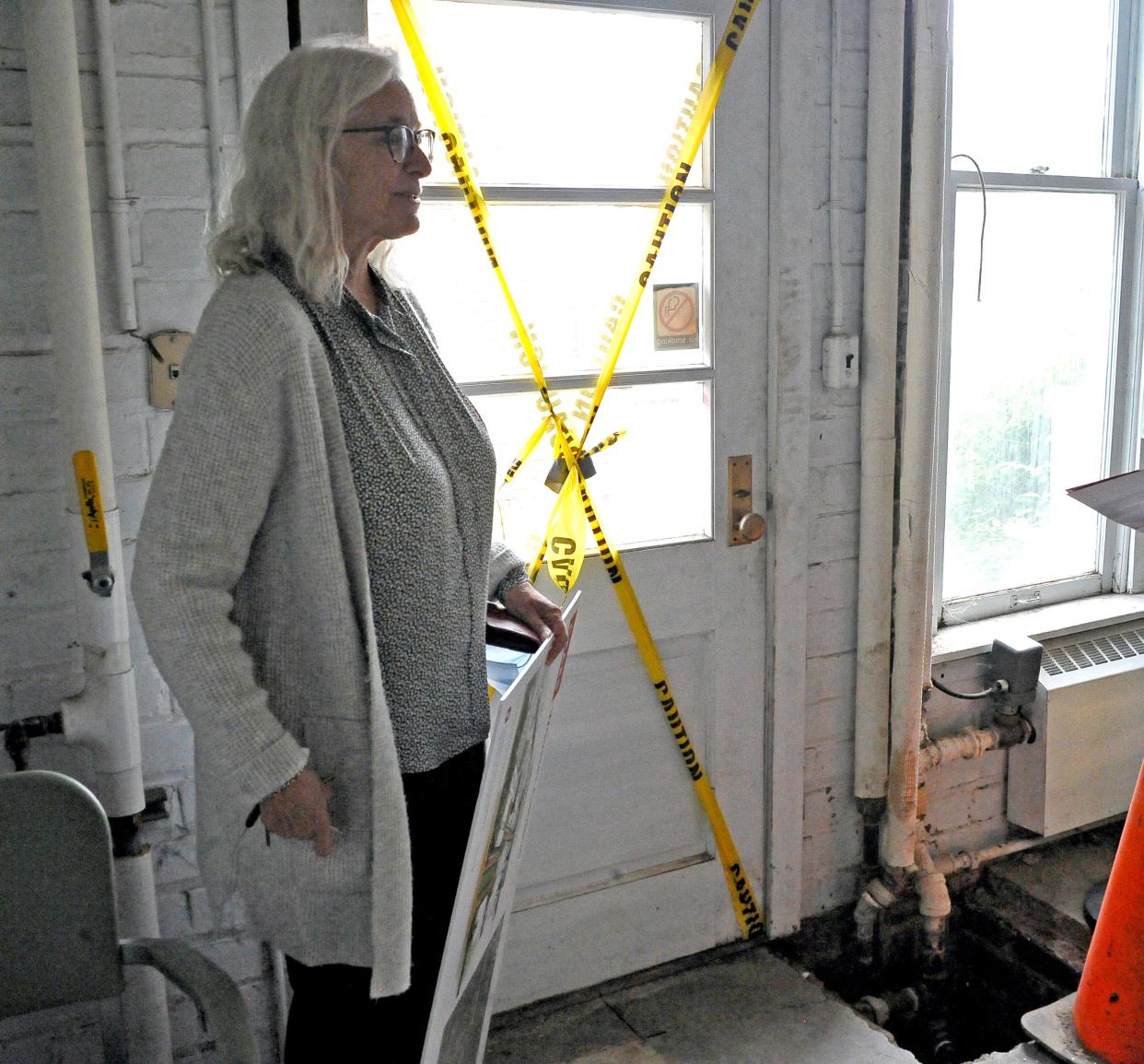
WOOSTER − Leaking ceilings, a mold-ridden and condemned building, broken freezers and sporadic power outages are some of the problems plaguing students and faculty at the Ohio State University College of Food, Agricultural, and Environmental Sciences Wooster campus.
For Dean and CFAES Director Anne Dorrance, these issues have given her crew of administrators an opportunity to transform the aging campus into a modern center for student life, learning and research.
Over the next decade, OSU will seek to enact its 2021 master plan. For the Wooster campus, this includes tearing down century-old buildings to be replaced with new labs, classrooms and residency halls.
Sale:Wayne County's Hawk's Nest golf course closing in December, OSU to sell property
But for the college's "dream list" to become a reality, Dorrance said, additional funding is needed.
To find that money, OSU will sell seven Wayne County properties, including Hawk's Nest Golf Course and 10 acres in Coshocton County, she said.
"It's sad to these properties go, but we need to consolidate our Wayne County presence and generate additional money to fund these investments," she said.
Old buildings breed new problems at the Wooster OARDC campus
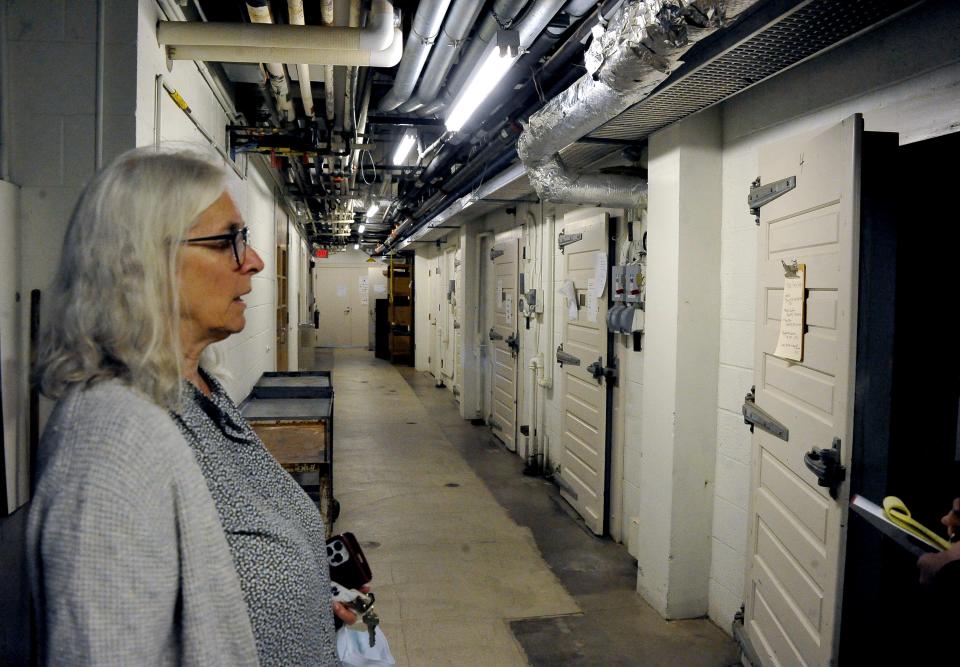
The historic current buildings on the Wooster campus are not cutting it.
Financially, Dorrance said, they cost too much to repair and are causing problems for students and faculty, slowing research and learning.
Flowers:Gardening gurus at Wooster arboretum test which hydrangea varieties grow best in NE Ohio
If all goes to plan, the college will demolish at least four buildings and two greenhouses, most of which are still in use but suffer from routine maintenance problems.
Those buildings include Thorne Hall, Halterman Hall, Skou Hall and the Japanese Beetle Laboratory.
"The (Japanese Beetle) lab is condemned due to mold, so we can't go inside. It will be torn down," Dorrance said.
Other buildings like the 90-year-old Edginton Hall have broken steam pumps that could cost the college over $1 million to repair, she said.
Another building, Gourley Hall, stores apples from the fall harvest every year, but the basement freezers broke, forcing faculty to find a refrigerated truck for storage.
Dorrance estimated freezer repair costs at "a couple hundred thousand dollars," but there is no guarantee the freezers will last once fixed.
"If I could knock this (building) down tomorrow, I would," Dorrance said.
Labs located in older buildings also suffer from intermittent electricity outages, causing experiments and research to take longer than normal, she said.
The 2021 master plan
To address these aging concerns and to provide more space for a growing college population, OSU created a 10-year plan for the Wooster campus and two other CFAES campuses in Ohio.
An accompanying assessment found that the Wooster campus had 660 undergraduate and 94 graduate students and 354 faculty, staff and student employees and a number of U.S. Department of Agriculture scientists.
The plan predicted the number of students could rise more than 35% in the coming years while the number of faculty and staff could increase by 20%, meaning new and expanded facilities are needed, Dorrance said.
During the first five years of the master plan, the university aims to renovate and construct buildings to address five points of concern to improve student life and housing.
Dorrance wants to renovate Fisher Auditorium to include a mix of classrooms, a library and study area, dining and space for student activities.
More housing is needed to house nearly 260 students to free up existing townhouses, she said.
"We have families who can't find housing in Wooster, but there are undergraduate students who have a front and a back door," Dorrance said.
New pedestrian paths and bike trails will aim to better connect the campus, she said.
To make up for the loss of Hawk's Nest, turfgrass courses will be constructed.
For the final five years of the master plan, it describes building a "new heart of the campus" to include dining, recreation, social and other spaces for students and faculty while replacing old and outdated buildings including greenhouses.
But, Dorrance said, much of this is dependent on funding.
Hawk's Nest and other properties on the chopping block
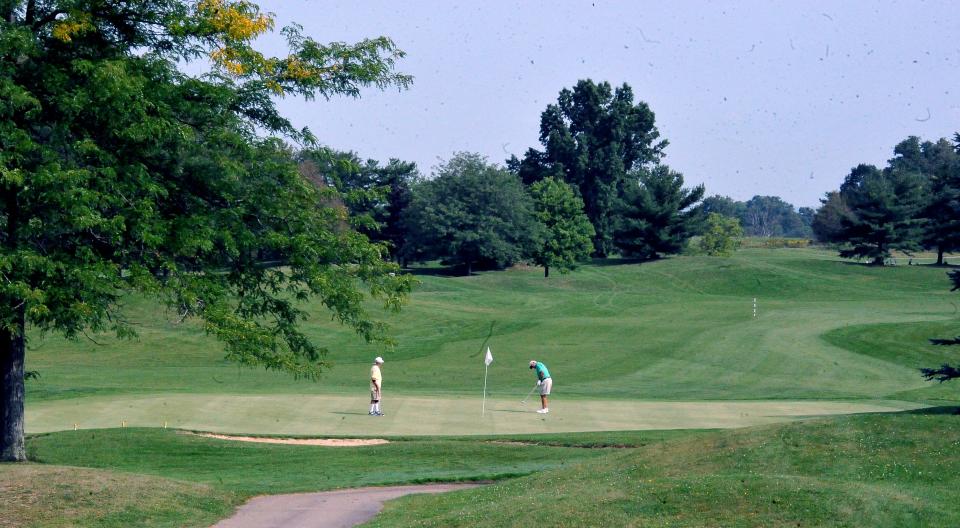
Nearly 4,000 acres in Wayne County is owned by OSU, according to the plan. The university aims to sell nearly 622 acres in the coming years.
Among the first properties on the chopping block is Hawk's Nest.
The university has owned the turf management education space for students and golf course for nearly 15 years.
Maintenance costs rose as the infrastructure aged, leading to more frequent and more expensive repairs, she said. Then the university switched class schedules from quarters to semesters, resulting in fewer students and faculty using the property.
"When we were on a quarter system, students drove from Wooster to the golf course for classes, but with the semester system, they just don't have the time to drive that far," Dorrance said.
Now, she said the university is searching for a broker and waiting for the property to be appraised.
"It was a difficult decision, but if our students and faculty aren't using it, then it should turn back to the private sector," she said.
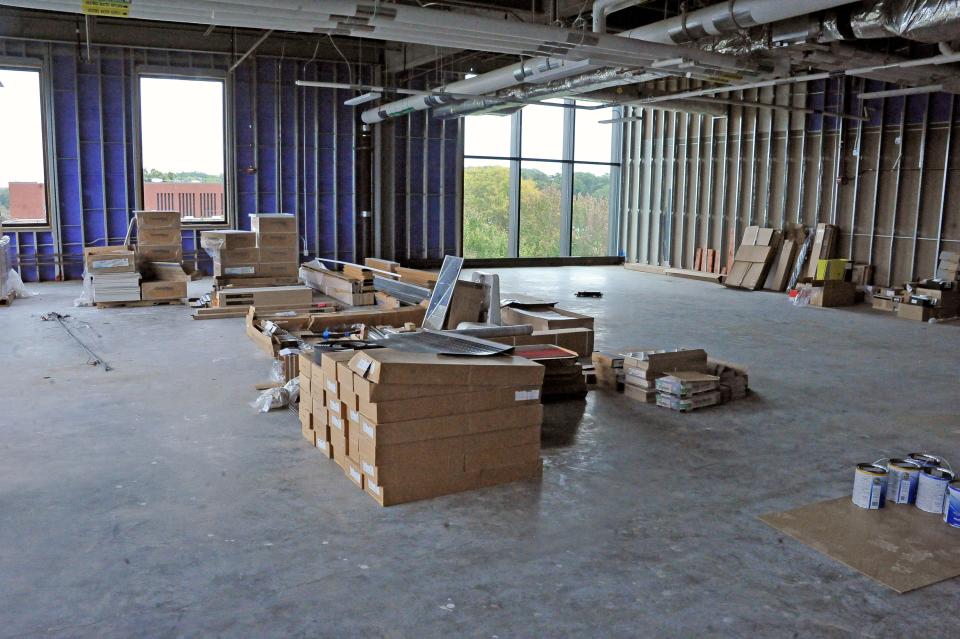
Like Hawk's Nest, other OSU-owned properties in the county are not being fully utilized for educational purposes while maintenance costs continue to rise, Dorrance said.
"While land resources are abundant, resources to maintain and upkeep facilities are not. Each property has numerous barns and other agricultural support facilities, many of which are aging," according to the master plan. "There are also several duplicated facilities, including two dairies and several different beef cattle herds."
In short, the college is paying for underused and redundant facilities.
Some of these sites may be sold to neighboring property owners via a "good neighbor policy" while others will be sold to the highest bidder, Dorrance said.
Mellinger Farm: 313 acres at 6723 West Old Lincoln Way
Grosjean Farm: 38 acres at 2145 Millersburg Road
Grosjean West: 31 acres along Prairie Lane Road
North of Apple Creek: 26 acres along Millborne Road
Former ATI dorm site: 3.9 acres at 1427 Dover Road
Land in front of King Farm: 3 acres along Dover Road
Hawks Nest: 197 acres at 2800 East Pleasant Home Road
10 acres along state Route 621 in Coshocton County
OSU has and will continue to reorganize its other existing properties.
Dorrance said the college has consolidated its dairy farms and repurposed some properties to focus on one type of agriculture to limit travel times from site to site.
"We now have a beef facility outside of Apple Creek and a property dedicated to heifers," she said. "Our goal is to have more access for faculty and students."
The combined dairy farm will provide space for research and practical experience that will show students what to expect on the job outside of school.
Why are additional funds needed?
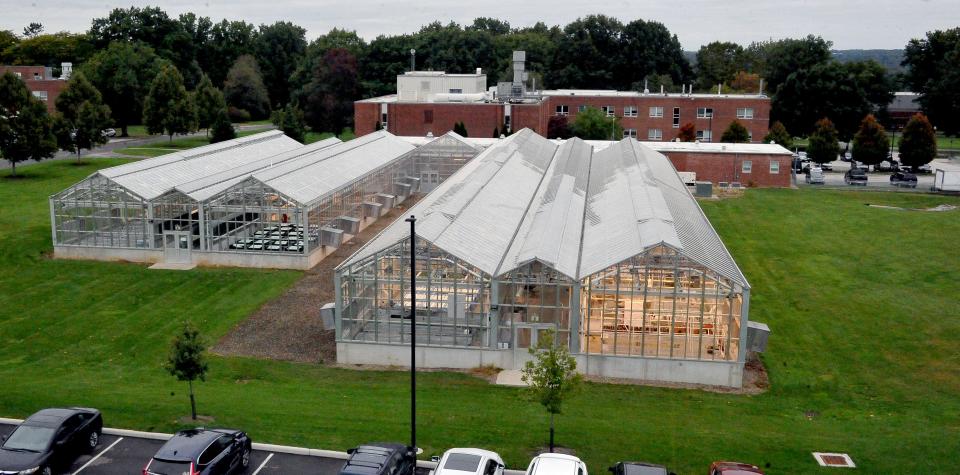
While CFAES receives funding from the university and private donations, that will not be enough to pay for future construction as outlined by the master plan, Dorrance said.
"We're a public institution, so we only have so much money that we get from the university," Dorrance said.
Every two years, CFAES receives $6 million from OSU for capital improvements. Sudden and expensive projects can push projects back by years.
As an example, Dorrance said the college is looking to replace a boiler connected to several buildings. The estimated price tag is $9 million, three years of capital improvement funding.
Funding will go toward constructing a modern and consolidated campus in line with recent projects like the new Beef Facility, Farm Operations building and 60,000 square-foot Science Building, which cost $33 million to build.
The Science Building was built during the pandemic lockdowns, Dorrance said. It includes a cafe and a bug museum and is located in the heart of the campus.
"It's the template for how we want to build future buildings," she said.
To afford similar buildings, Dorrance said, capital improvement funds from OSU will not cut it. That money will need to be found elsewhere.
This article originally appeared on The Daily Record: OSU to sell 7 properties in Wayne County to fund campus improvements

